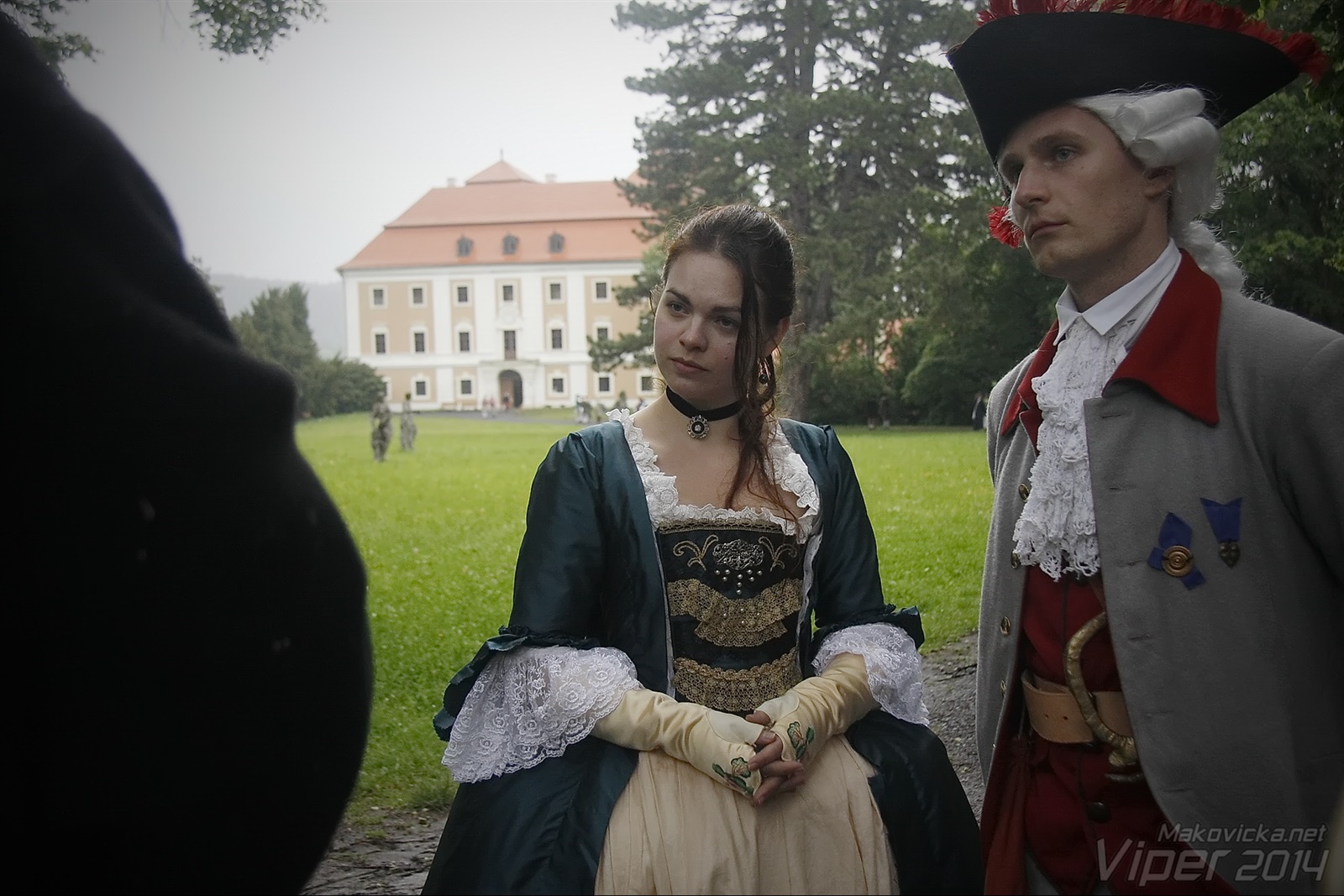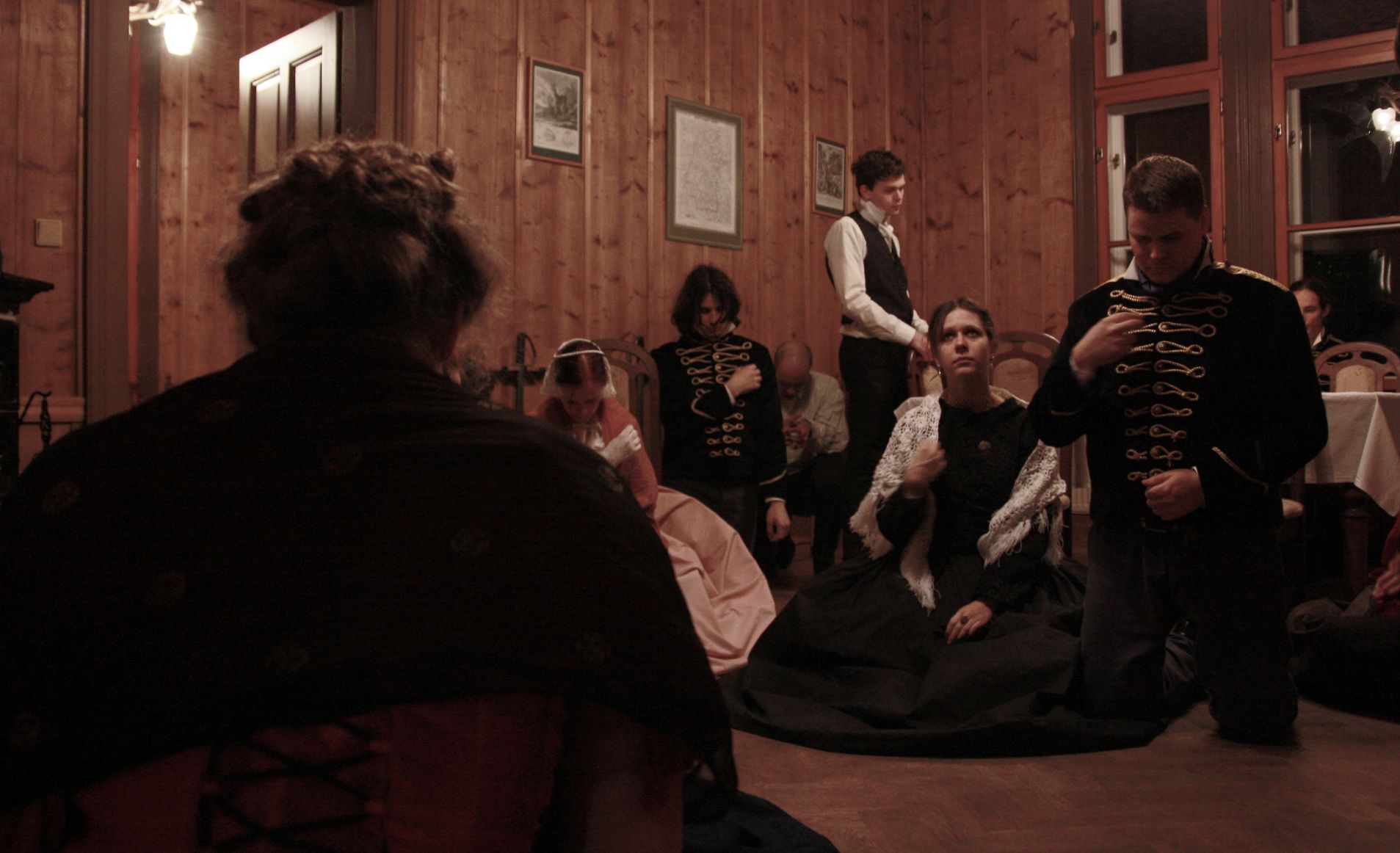Tag: Czech Republic
-

The Cure for the Stuffed Beast
in
The unexpected problems of a game stuffed with themes and plots and their working solutions.
-

Russian Roulette in Practice
in
This article describes the selection process used for high-resolution dramatic larp called Skoro Rassvet [Breaking Dawn] >(2012, 15 players). Its advantages and disadvantages are discussed. Knowing that we could take the risk because the number of potential candidates exceeded the number of offered roles several times over, we decided to perform an experiment and select…
-

Larp Exchange Academy 2013
in
The Norwegian organization Fantasiforbundet is holding a week long event for young larp designers. It will be held in Oslo during the week leading up to the 2013 Knutepunkt conference and is eligible for participants born after October 1st 1982 and live in (or hold citizenship from) Norway, Sweden, Denmark, Czech Republic, Belarus and Palestine.